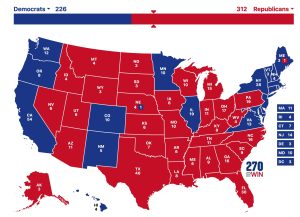Aesthetic values mediate hierarchy
Command over aesthetic valuations formalizes class stratigaphies
October 22, 2020
Hierarchy is a means insofar as it can be understood to consist in the language, materials, practices and cosmologies which give rise to — and are wielded with the effect of legitimating — an unequal distribution of power. Many anthropologists emphasize the roles of certain cultural elements in reifying social stratification, such as hierarchical grooming patterns among monkeys, potlatch ceremonies and ontological and cosmological narratives about the world. These are themselves parts of a system of performance, ritual, aestheticism and economy which enables certain members of a group to coalesce great amounts of power and political rights, at the expense of — but oftentimes with at least the implicit consent of — the remaining members of the group.
Symbolic forms of power — that is, power which is said to derive from certain strategic behaviors and practices with abstract implications — have the effect of formalizing symbolic and aesthetic systems and social hierarchy. Considerations of the linkages between cultural capital and social hierarchy were largely initiated by social critics and philosophers, only later to be adopted by anthropologists. Pierre Bordieu’s 1979 book Distinction: A Social Critique of Judgment and Taste introduced the concept of cultural capital. Bourdieu posed that the aesthetic preferences formalized by those with great amounts of social capital are necessarily adopted by those with lesser social capital. The emphasis of aesthetic taste rather than economic factors as a force of class delineation represents a distinction between a primarily economic means of social stratification and a system of symbolic power and cultural capital that reifies social hierarchy. Bordieu’s assessment of the role of aesthetics in structuring and legitimating social hierarchy has broad theoretical and methodological implications, and his conceptualization of cultural capital has remained an object of consideration among social theorists.
People with greater economic capital inherently possess a greater capacity to act as arbiters of aesthetic value…”
The distinction between economic value and cultural capital is largely methodological — by operationalizing cultural recognitions of value imbued in particular materials, and considering the ways in which value recognitions reflect and exert power, the role of aesthetic taste in structuring social hierarchy can be addressed. Bordieu recognizes that the various forms of capital, including cultural capital, are essentially reducible to economic capital, and that economic value typically underlays aesthetic valuations. And, as later theorists have illustrated, it is methodologically imperative to consider the relational implications of value, and the systems of exchange that are thus reflected. Class, as distinct from status, is seemingly relational and consists in the network of subjective relativities between people. Accordingly, value — and the capacity and agentiality to assert it — is largely context and subjectivity dependent. That is, in certain circumstances and to certain individuals value may be conceptualized differently.
Needless to say, people with greater economic capital inherently possess a greater capacity to act as arbiters of aesthetic value, while poorer individuals are subject to this aesthetic hegemony. A hierarchy based on wealth as an arbitrary metric doesn’t itself explain gradients of power and agency — when the wealthy use their wealth to command cultural valuations and meanings of aesthetics, wealth becomes a more meaningful delineator of hierarchy. It is largely – though not always – in its relations to the valuations of aesthetic material that wealth can be understood as a form of power and legitimator of hierarchy.











